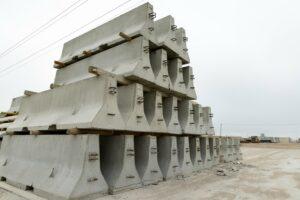Turn on the news and there is no shortage of updates about natural disasters. Hurricanes are occurring earlier and growing stronger, each fire season lasts longer than the last, and 2024 was one of the most active tornado seasons on record. As we face stronger and more frequent weather events, communities are looking to proactively protect against dangerous natural disasters with resilient, durable concrete structures.
Disaster Resilience & Resistance
According to the EPA, disaster resilience refers to a community’s ability to bounce back after a disaster. Disaster resistance is a proactive measure, including strategies that help communities absorb and withstand the impact of a weather event.
Because of their cost effectiveness, availability, and durability, concrete barriers are an increasingly beneficial part of disaster preparedness and recovery, especially in the following circumstances.
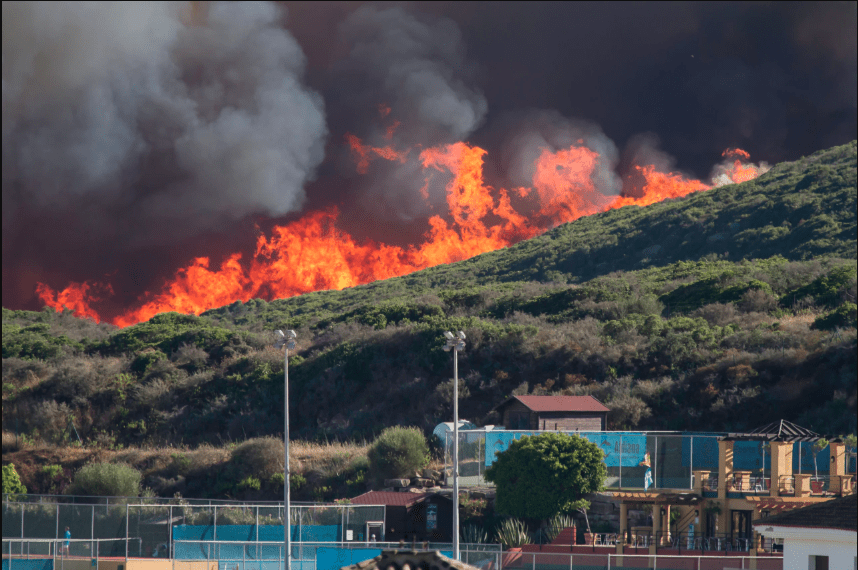
Wildfires
Concrete is made of multiple noncombustible components, including clay, aggregate, and limestone, giving concrete structures a natural fire resistance. It has a melting point of 2,200ºF and is chemically inert. When burned, it does not emit smoke or toxic byproducts, unlike wood or plastic. The thick, impenetrable makeup of concrete helps slow the transfer of heat to people and possessions on the other side, giving you valuable time to get to safety.
In areas prone to wildfires, large concrete T-walls and concrete perimeter fences can form barriers around buildings, structures, and areas like highways. This staves off the spread of dangerous and deadly flames. Additionally, because concrete is often unscathed after burning, these structures and barriers can typically be reused after a fire event, speeding up a community’s recovery.
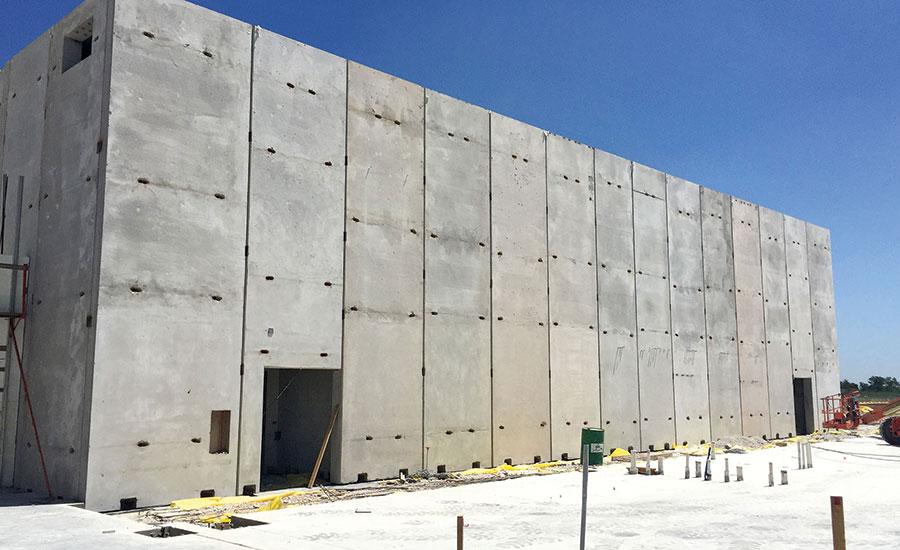
Tornadoes
Tornadoes can often generate winds up to 200 mph. Although the winds themselves pose a risk to unstable structures, flying debris is the deadliest threat during a tornado. Concrete walls, structures, and barriers are incredibly heavy, helping them to withstand high winds. Additionally, rebar reinforcements within these structures provide an extra level of stability against projectile items carried by storm winds.
Public storm shelters built with concrete T- or L-walls often emerge from tornadoes with minimal damage because of their weight and durability. Effectiveness varies, but tornado-missile impact tests meant to replicate the effects of flying debris show that concrete walls can even withstand the force of 1,500-lb utility poles.
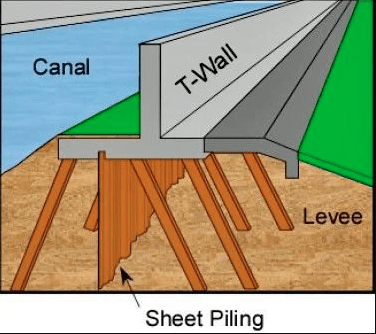
Floods & Storm Surges
The same weight that keeps concrete barriers in place during tornadoes also keeps them from floating or shifting in floods and storm surges. Utilizing concrete perimeter ballasts, planters, or barriers can help deflect floating debris from your property during floods and high-water events.
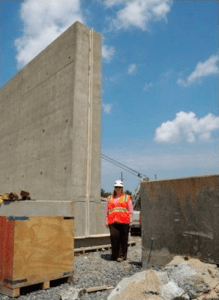
Concrete is an impermeable material, meaning water does not seep through it. This makes concrete walls and barriers an effective boundary against floodwaters. In New Orleans, concrete T-Walls line levees as part of the “Great Wall of Louisiana” flood protection system.
In fact, in the flooding that followed Hurricane Harvey, concrete medians were so effective at water containment that water was trapped on the highway. Crews were forced to explode portions of the barrier wall to create drainage passageways for the floodwater.
Fortunately, Jersey barriers and prefab concrete barriers are easy to relocate with the right equipment and a little planning. Ahead of upcoming storms, decision-makers should carefully consider the impermeable qualities of their concrete structures, both good and bad, and have a plan in place for water flow.
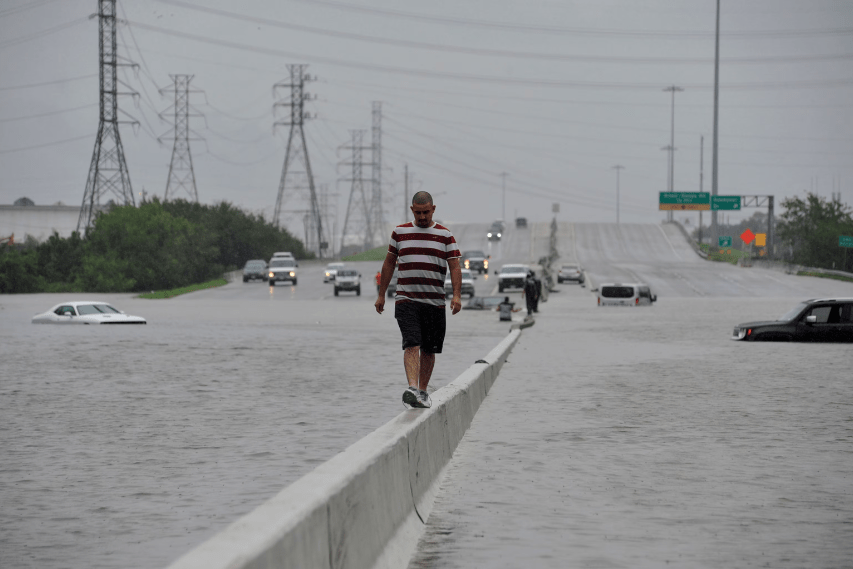
Hurricanes
Hurricanes are especially dangerous weather events, as they combine high wind speeds and flying debris with flooding and storm surge damage. Fortunately, concrete’s water-resistant properties make it uniquely suited to withstand hurricanes.
Concrete is so effective in hurricane resistance that after Hurricane Andrew in 1992, South Florida building codes mandated concrete usage for better wind resistance. Whether used as seawalls to deflect waves and erosion or as barricades to stave off flooding, concrete barriers are a reusable and long-lasting solution for communities facing regular hurricane activity.
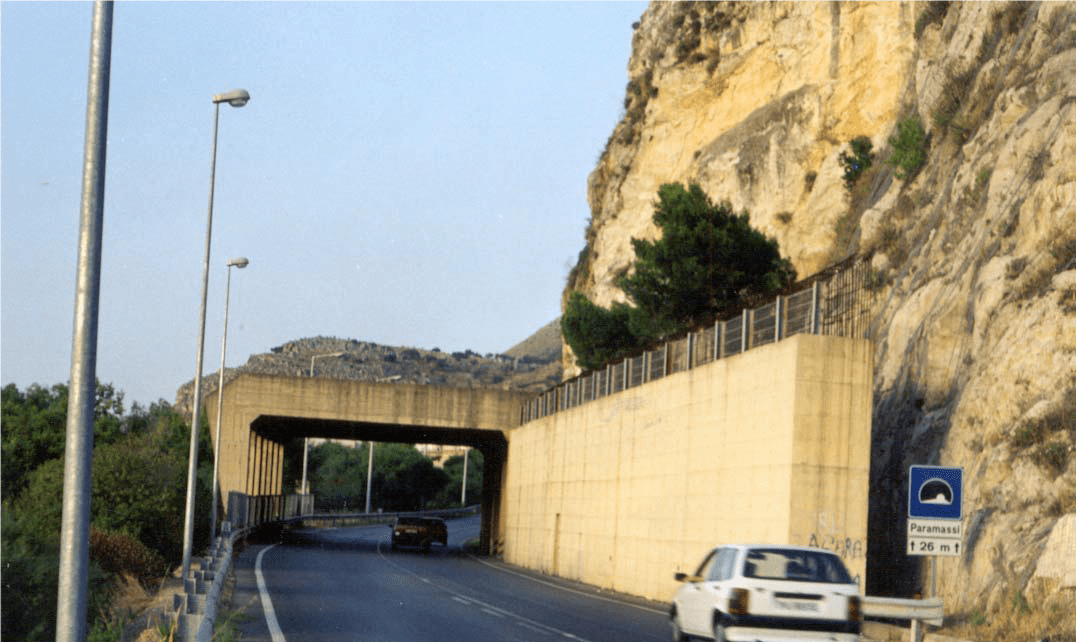
Mudslides & Landslides
Earthquakes, volcano eruptions, and erosion can all cause landslides and mudslides. To mitigate the damage caused by massive slides of earth, concrete barriers can provide a physical obstruction to the flow.
Reinforced with metal rebar and anchored with bolts and footings, concrete T-walls, L-walls, and bin-block retaining walls can provide passive defense to a landslide. Often located close to the base of an unstable slope, these concrete barriers can withstand the kinetic energy of falling earth and protect roads, homes, and buildings from the deadly effects of these disasters.
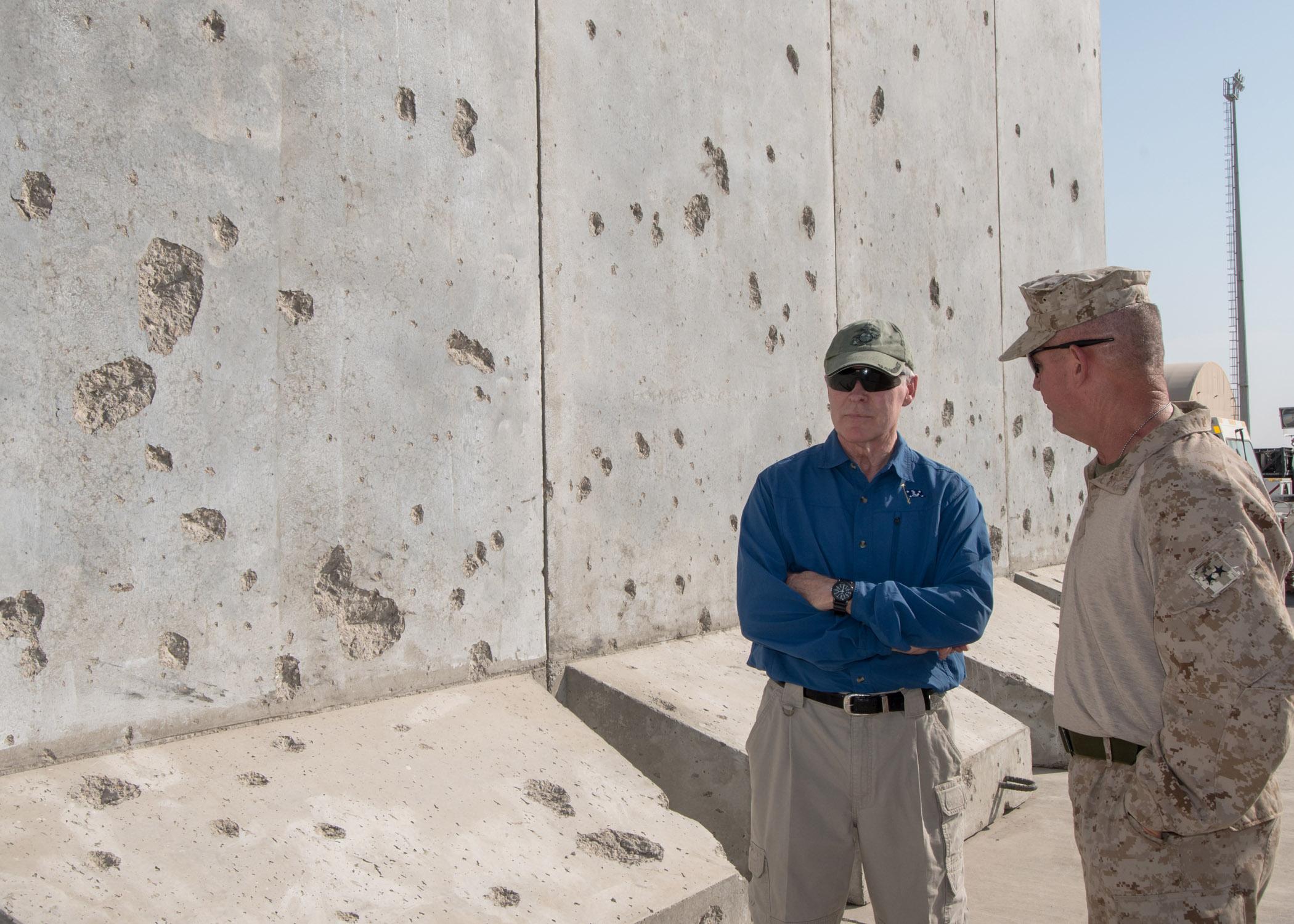
Other High-Impact Events
The sturdy qualities that make concrete impact-resistant in a tornado also make concrete barriers great blast protection in high-impact events. T-Walls, often called Bremer walls in military applications, are even used in warzones to protect against explosions and flying debris.
When it comes to protecting against natural disasters, concrete barriers are a lifesaving tool that aids in your community’s recovery. Their modular nature means you can customize your barrier solution to your exact needs. Readily available, concrete barriers can be deployed quickly and, in most cases, reused after danger has passed. When it comes to protecting the people and places you love, stability and security matter. Trust the experts at 48 Barriers to help you prepare for whatever comes your way. Contact us at sales@48barriers.com to get started.

